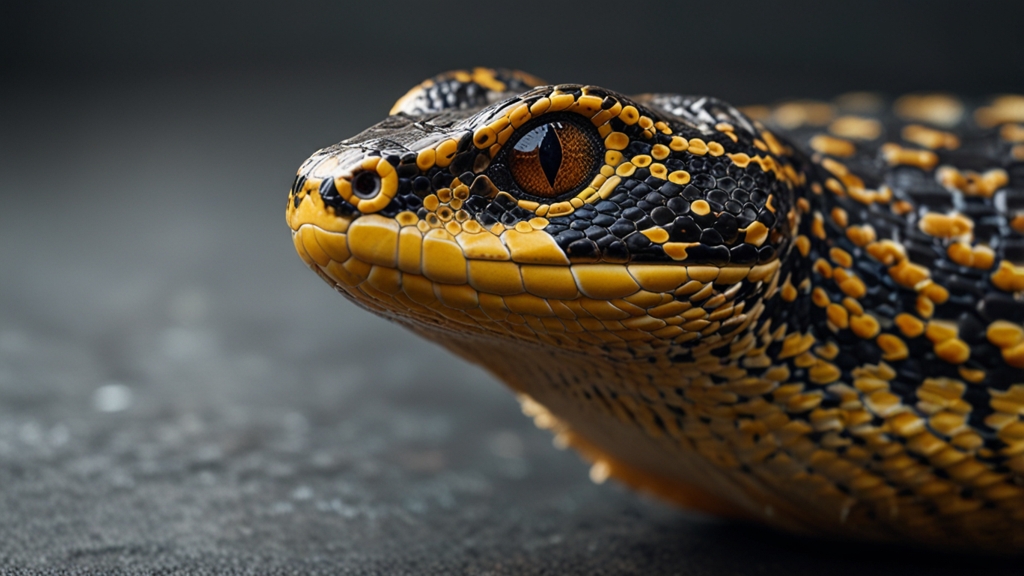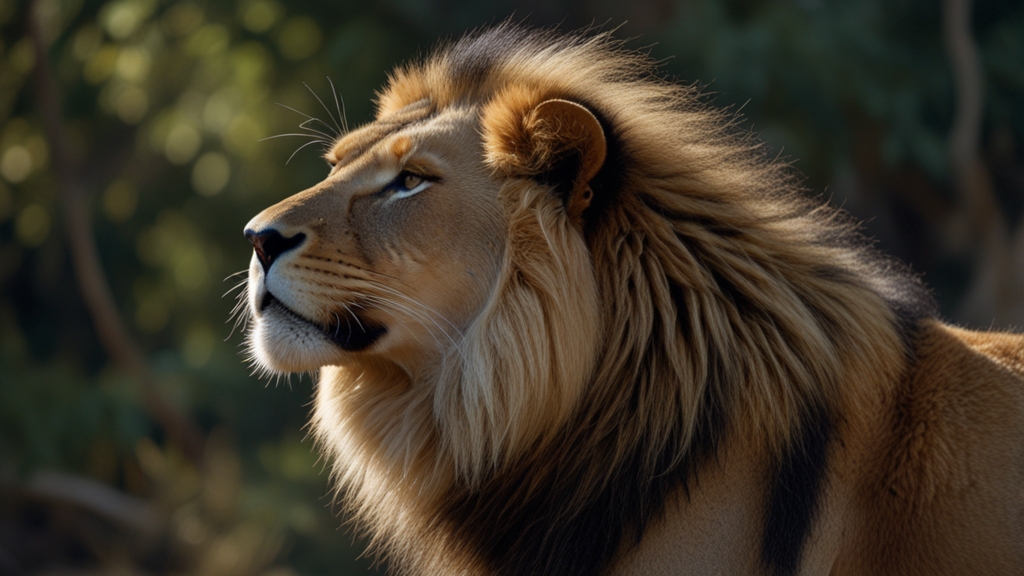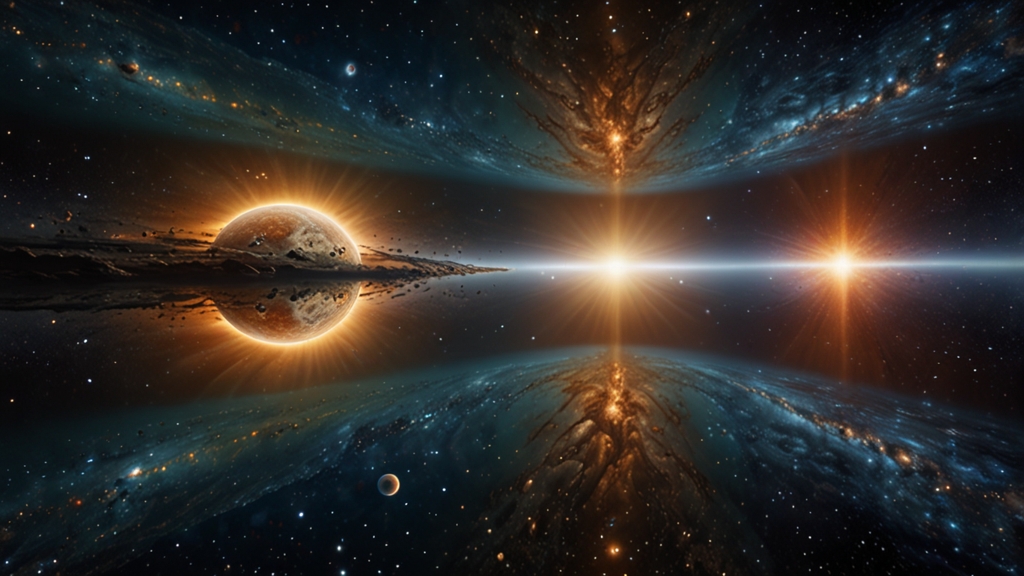Why History's Greatest Minds Were Often Eccentric Geniuses
The annals of history are replete with individuals whose intellectual prowess not only shaped the world but also revealed quirks and eccentricities that made them stand out. From inventors and mathematicians to writers and artists, many of history’s greatest minds were characterized by behaviors and traits that defied conventional norms. This article explores why eccentricity often accompanies genius and what it implies about the nature of exceptional creativity and intellect.
The Intersection of Genius and Eccentricity
Genius and eccentricity may seem like an odd couple, but there is a substantial overlap between the two. Eccentric behavior in geniuses often stems from their unique way of perceiving and interacting with the world. Unlike most people who navigate a structured and predictable path, geniuses frequently exhibit divergent thinking—a cognitive process that allows them to generate creative ideas by exploring many possible solutions.
For instance, Albert Einstein, renowned for his groundbreaking contributions to physics, exhibited several eccentric traits. His disheveled appearance, disregard for conventional social norms, and moments of absent-mindedness were well-documented. Yet, these quirks are often seen as outward manifestations of a mind that operates on a different wavelength, one focused relentlessly on complex and abstract concepts.
"A question that sometimes drives me hazy: am I or the others crazy?" – Albert Einstein
Creativity and Nonconformity
One of the defining characteristics of genius is the ability to think outside the box. This often necessitates a departure from social conventions and norms, a trait commonly labeled as eccentricity. Individuals like Nikola Tesla, whose inventions revolutionized the modern world, displayed behaviors that were unconventional, to say the least. Tesla's fear of germs and peculiar sleeping habits might have appeared odd, yet they did not detract from his monumental contributions to science and technology.
Creative geniuses often require solitude and an environment where they can immerse themselves in their thoughts without interruption. Virginia Woolf, one of the most influential modernist writers of the 20th century, frequently sought isolation to harness her creative energies. Her profound works, which delved into complex human psychology and narrative styles, reflect the deep introspection that sometimes led to her being perceived as eccentric.
A Different Cognitive Style
The cognitive style of geniuses tends to differ from that of the general populace. They process information in unique ways that allow for groundbreaking insights but might also predispose them to behaviors seen as odd. The phenomenon of synesthesia, where stimulation of one sensory pathway leads to automatic, involuntary experiences in a second sensory pathway, is more prevalent among artists and intellectuals than the general population. Vladimir Nabokov, the literary giant, and composer Olivier Messiaen both experienced synesthesia, which profoundly influenced their work.
"I only know that I made no conscious effort to eliminate the oddities and insecurities of my subjective personality, and yet every piece of music I wrote was full of them." – Olivier Messiaen
Social and Environmental Factors
Environmental and social factors also play a role in the manifestation of eccentric traits among geniuses. Often, the intense focus required to achieve greatness can lead to social isolation. Leonardo da Vinci’s multifaceted ingenuity spanned art, science, and engineering, yet he was frequently withdrawn, dedicating himself to his myriad projects with little regard for social interaction.
Moreover, society’s reception of unconventional ideas can reinforce eccentric behavior. When geniuses present ideas that challenge the status quo, they may be marginalized or labeled as eccentric. This label can, in turn, become a self-fulfilling prophecy, where the individual’s behavior becomes more aligned with society’s expectations of eccentricity.
The Double-Edged Sword of Eccentric Genius
While eccentricity can be a hallmark of genius, it is also essential to recognize the potential downsides. The very traits that enable exceptional creativity and innovation can also lead to personal challenges, such as social alienation or mental health issues. The fine line between brilliance and instability is evident in the lives of many historical figures who struggled to balance their profound intellect with societal expectations and personal well-being.
In conclusion, the relationship between genius and eccentricity is complex and multifaceted. Eccentric behaviors among history's greatest minds often stem from their unique cognitive styles, creative processes, and the environments in which they operated. By embracing unconventional ways of thinking, these individuals have left an indelible mark on the world, demonstrating that sometimes, it is the very traits perceived as odd that pave the way for extraordinary achievement.









